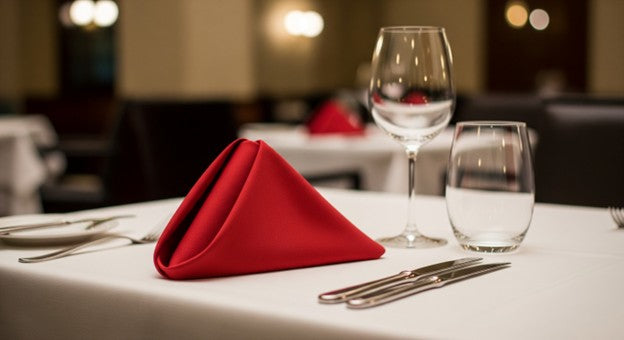Welcome to the Merchant Mastery Blog
Q5 is the “fifth quarter” between Christmas and New Year’s, when most marketers go dark but consumers keep shopping—shifting from buying gifts for others to buying aspirational stuff for themselves. During this week, people have time, money, and permission to reinvent themselves, while ad competition and CPMs drop, turning. Brands in “reset-coded” categories (beauty, wellness, home, fashion, finance, habits) win by keeping spend live, pivoting from gifting to self-investment messaging, leaning into aspirational visuals, targeting Q5 themes (glow-ups, home refresh, routines, planning), and using the cheap traffic to test creative and set the tone for January.
- by Kurian Tharakan
- December 08, 2025
- 4 min read
In his lifetime, Vincent Van Gogh was a failed artist, with mountains of unsold works. After his death, his sister-in-law created the playbook to transform this obscure artist into a worldwide phenomenon and a multi‑billion‑dollar cultural brand. Here's how she did it.
- by Kurian Tharakan
- November 26, 2025
- 5 min read
Most merchants struggling with ad performance aren’t facing a media problem — they’re facing a positioning problem. Even with strong products and polished campaigns, ads can’t stand out if the brand sits in a crowded category. The solution isn’t to spend more or tweak creatives endlessly, but to create a “category of one.”
- by Kurian Tharakan
- November 25, 2025
- 2 min read
Growing a Shopify direct-to-consumer brand from your first zero to $10,000/year, $100,000/year, $1MM/year, and beyond requires different strategic focus and actions at each stage. Here's what's required at each step.
- by Kurian Tharakan
- November 20, 2025
- 9 min read
Your break-even ROAS (Return On Ad Spend) depends on your gross margin. The lower your gross margin, the higher your required ROAS to avoid losing money on ads. Here's how to calculate your breakeven.
- by Kurian Tharakan
- November 14, 2025
- 3 min read
A famous apparel brand doubled its click rates and boosted order rates by 50% simply by switching its welcome email offer from a fixed discount to a mystery discount. The curiosity-driven tactic worked because people wanted to find out the discount value at checkout.
- by Kurian Tharakan
- November 08, 2025
- 1 min read
Brick-and-mortar stores face high fixed costs like rent, utilities, staff payroll, and maintenance that online stores avoid. These overheads force physical retailers to achieve a much higher marketing return on investment (often 10x) just to break even. In contrast, online retailers operate with lower expenses and can be profitable with a more modest 3–4x marketing return, thanks to savings on physical storefront costs and more scalable marketing.
- by Kurian Tharakan
- November 08, 2025
- 3 min read
After the Black Friday/Cyber Monday (BFCM) rush, Shopify merchants should immediately focus on customer retention. Instead of letting new, deal-seeking buyers fade away, the key is to segment them (e.g., VIPs, high-spenders) and quickly launch targeted follow-up campaigns.
- by Kurian Tharakan
- October 29, 2025
- 2 min read
When your sales suddenly drop, it's most often because you have "lost the narrative." The solution is to rediscover the original "why," talk to loyal customers, and restore an authentic, consistent message across all channels.
- by Kurian Tharakan
- October 28, 2025
- 3 min read
A business can only survive if it has repeat customers. Restaurant entrepreneur Jon Taffer advises marketing for three visits, not just one, as the probability of a customer returning jumps to 70% after a third flawless experience. To achieve this, he suggests using a "red napkin" to signal to all staff that a guest is a first-timer, ensuring they receive exceptional service. Then, a manager should personally incentivize the second and third visits with handwritten offers (like a discount on another item or a free dessert), thereby acquiring a loyal customer for a very low cost.
- by Kurian Tharakan
- October 26, 2025
- 5 min read










